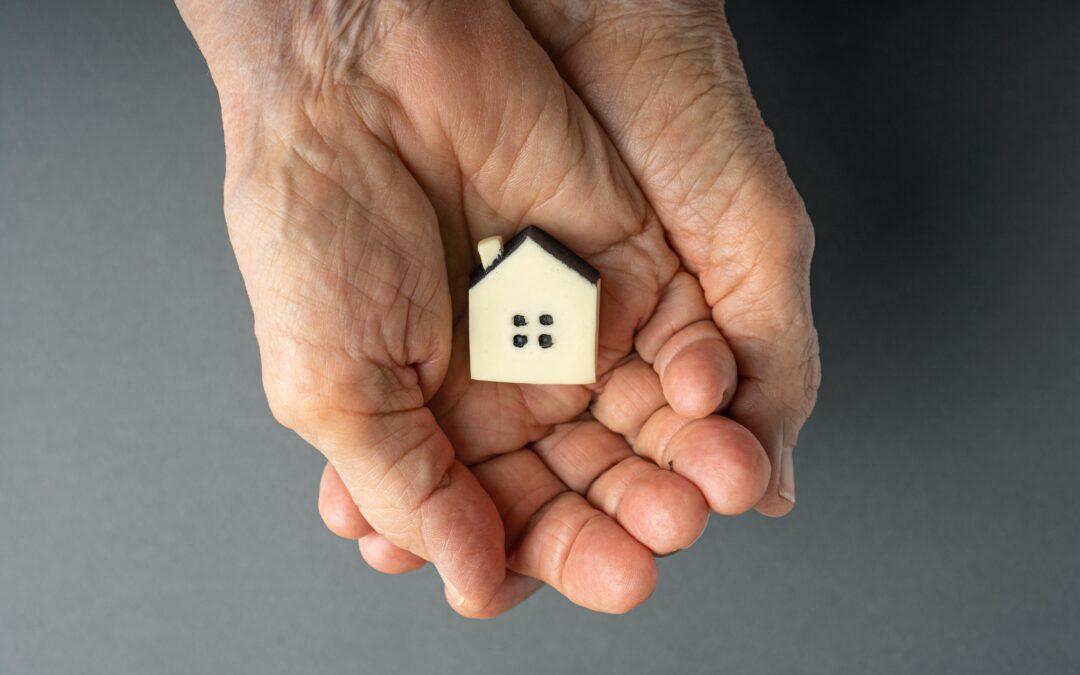Hello, and welcome to Late Life Insights: A series of short, informational pieces on all things aging. I’m Dr. Lisa Rill, your friendly social gerontologist and Executive Director of Senior Life Source. Today’s topic is knowing your housing options for later life.
In our newly aging world with extended life expectancies there is good news and not-so-good news when it comes to our living options as we age…
I will start with the not-so-good news and get that out of the way so the rest of this piece can focus on the positive. That news is… yes nursing homes are still an option. And yes, a lot of them are still terrible! Ok, now that we got that out of the way, let’s move on to the good news…
There are many more alternatives today than there were 20 or 30 years ago, which was basically…grow older at home or move into a nursing home. Before I get into the other options, I do need to mention there are wonderful organizations out there that are working diligently to improve the culture and quality of life experience in nursing homes and all care communities in general (ex. The Pioneer Network, PHI, and The Green House Project). I will touch on this in the nursing home option below. But overall, change is slow and there are still many needed improvements for the people who live and work there.
Now the good stuff, a snapshot of your late life living options:
- At home with home and community based services (HCBS)– For those individuals attached to their homes there are services to help you stay there for as long as possible. HCBS provides opportunities for people who are living with functional limitations to receive a variety of services in their home. In addition, for maximum benefit, contact a certified aging in place specialist (CAPS) today! Don’t wait until you need to make all the home modifications at once. A CAPS understands the home remodeling and technology needs, and can recommend updates needed to help a person live independently at home.
- Retirement Communities & Independent Living (IL) – For people who want to live among their peers, or don’t want to have all the chores that go along with having a home. Many IL offer a full array of homemaker and housekeeping services.
- Life Plan Communities / Continuing Care Retirement Communities– Caters to individuals who don’t want to worry about having to move from one community to another as they grow older and their needs change. It offers persons 60 years of age or older a long-term continuing care contract that provides for independent living units, residential care/assisted living services, and skilled nursing care, in one location for an individual’s lifetime.
- Intentional Communities– Residents participate in the planning and design of the community, and live cooperatively by mutually supporting one another through the changes that aging can present. Examples: Co-housing communities and The Village Movement (a membership-based program that provides access to available services in the members neighborhood).
- Accessory Dwelling Units (ADU) or Elder Cottage Housing Opportunities (ECHO)– Small manufactured homes with a universal design on the property of a single-family home, typically owned by a relative. Perfect for multigenerational families because it provides support and companionship, while maximizing everyone’s privacy and independence.
- Assisted Living Communities– When independent living is no longer an option, an AL community caters to those who need assistance with activities of daily living such as, dressing and bathing. In addition to providing 24-hour access to supportive care staff, they also offer their residents with a life plan and enrichment activities. This often includes socialization, meals, laundry services, housekeeping, transportation, salon services, a library, activity room, theatre…to name a few.
- Nursing Home– For someone who needs high level or round-the-clock care and is unable to live alone with a care partner (ex. An individual can no longer stay at home due to Alzheimer’s Disease and must move to a memory care community). But don’t be so quick to mark this off your list!! There are communities out there that offer nursing home levels of care, which does not take place in the usual institutional setting. Rather, the care is provided in a home that looks just like an ordinary home (just bigger) and has the comforts of home. Example: The Green House Home Model is a home that has 10-12 private rooms each with a private bathroom. They typically have a main living room space, a large kitchen, dining room, den, and outdoor area.
The take-away: These options are more than just deciding where you will end up before you die. Instead, change your mindset and think of it as the place you will have the best quality of life as you grow older…a place to live your best life until the end. I hope this information shines some light on how we can all grow older and live in a place that fits our diverse personalities. The key is to figure out what place will be best for you and then be proactive and put a plan in place ahead of time.
Thank you for joining me for Late Life Insights from Senior Life Source, where we provide education on aging for all ages.
Lisa Rill, PhD
Executive Director, Senior Life Source



Excellent information, Lisa! This will help older adults and their advocates better navigate their way through what can be an overwhelming process.
Thank you for your support, Ted. I am glad you enjoyed it!